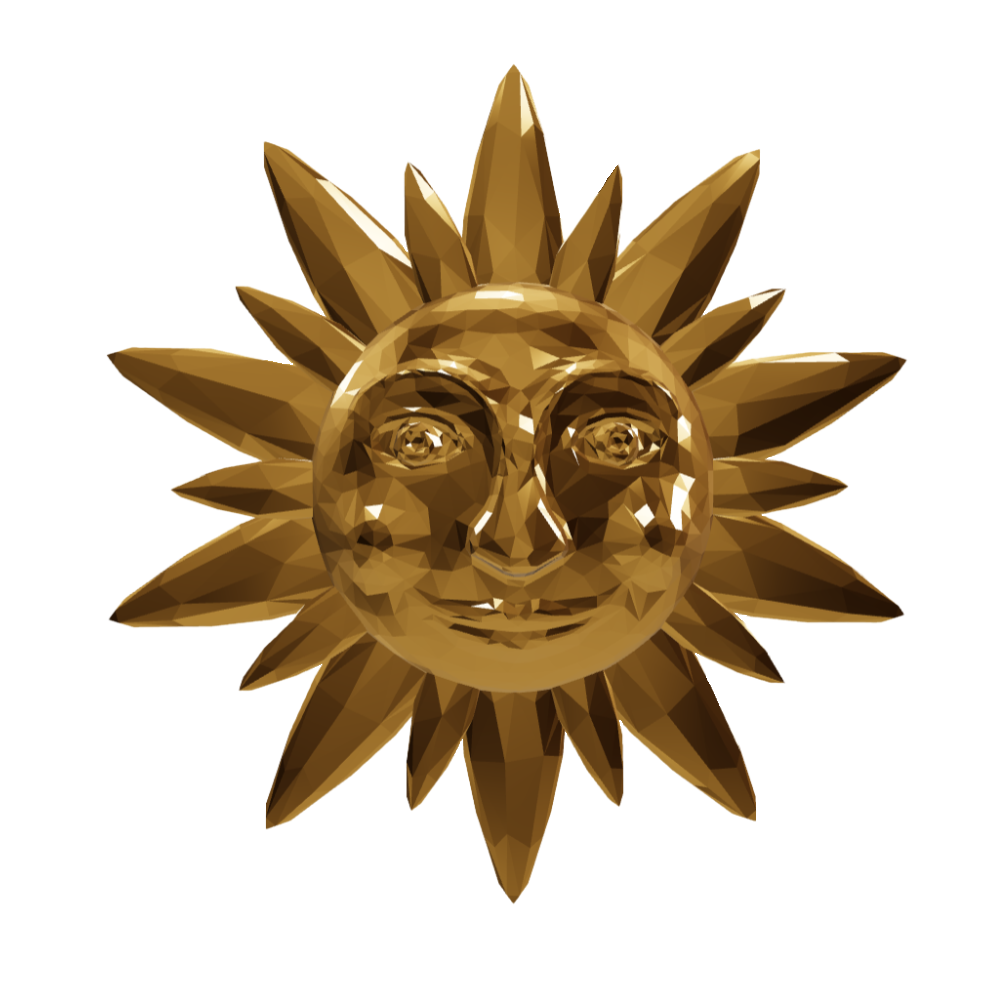In the ever-evolving world of Non-Fungible Tokens (NFTs), staying ahead of the game is essential for enthusiasts looking to make the most of this exciting digital asset class. With new tools and technologies constantly emerging, it can be challenging to keep up with the latest trends and developments. This article will explore some of the cutting-edge tools and technologies that NFT enthusiasts can use to stay ahead of the curve.
blockchain Technology
At the heart of NFTs is blockchain technology, which allows for the creation, ownership, and trading of unique digital assets. By using blockchain, NFT enthusiasts can verify the authenticity and ownership of their digital assets, ensuring that they are secure and tamper-proof. blockchain technology also enables the decentralized nature of NFTs, eliminating the need for intermediaries and ensuring transparency in transactions.
NFT Marketplaces
NFT marketplaces are online platforms where users can buy, sell, and trade NFTs. These marketplaces provide a marketplace for creators to showcase their digital assets and for collectors to discover and purchase unique NFTs. Some popular NFT marketplaces include Opensea, Rarible, and Foundation. By using NFT marketplaces, enthusiasts can easily access a wide range of NFTs and participate in the growing NFT ecosystem.
NFT Wallets
NFT wallets are digital wallets that allow users to store, manage, and trade their NFTs securely. These wallets use blockchain technology to ensure the security and authenticity of digital assets, providing users with peace of mind when managing their NFT collections. Some popular NFT wallets include Metamask, Trust Wallet, and Coinbase Wallet. By using NFT wallets, enthusiasts can easily store and access their NFTs, making it easier to participate in the NFT marketplace.
Token Standards
Token standards, such as ERC-721 and ERC-1155, are protocols that define how NFTs are created and managed on the blockchain. By using token standards, creators can ensure that their NFTs are compatible with various platforms and marketplaces, making it easier for collectors to buy and sell NFTs. Token standards also provide a framework for developers to create new and innovative NFT projects, expanding the possibilities of the NFT ecosystem.
Smart Contracts
Smart contracts are self-executing contracts that automatically enforce the terms of an agreement between parties. In the context of NFTs, smart contracts are used to facilitate the creation, ownership, and transfer of digital assets. By using smart contracts, creators can establish the rules and conditions for their NFTs, ensuring that they are secure and transparent. Smart contracts also enable automated transactions and royalties, making it easier for creators to monetize their NFTs.
Decentralized Finance (DeFi)
Decentralized Finance (DeFi) is a growing trend in the blockchain space that aims to create a decentralized financial system. By using DeFi protocols, NFT enthusiasts can leverage their digital assets to access various financial services, such as lending, borrowing, and trading. DeFi also enables NFT holders to earn passive income through staking and yield farming, providing new opportunities for investors in the NFT ecosystem.
artificial intelligence (AI) and Machine Learning
artificial intelligence (AI) and Machine Learning are technologies that can be used to analyze and predict trends in the NFT market. By using AI and Machine Learning algorithms, enthusiasts can gain insights into the value and demand for NFTs, helping them make informed decisions when buying and selling digital assets. AI and Machine Learning can also be used to create personalized NFT experiences, such as generative art and virtual worlds, expanding the creative possibilities of the NFT ecosystem.
Virtual reality (VR) and Augmented Reality (AR)
Virtual reality (VR) and Augmented Reality (AR) technologies are revolutionizing the way NFTs are experienced and displayed. By using VR and AR applications, collectors can immerse themselves in virtual galleries and exhibitions, showcasing their NFT collections in a dynamic and interactive way. VR and AR also enable creators to explore new mediums and formats for their NFTs, such as 3D art and digital sculptures, pushing the boundaries of traditional art and creativity.
Conclusion
As the NFT ecosystem continues to evolve, it is essential for enthusiasts to stay ahead of the game by leveraging the latest tools and technologies. By using blockchain technology, NFT marketplaces, NFT wallets, token standards, smart contracts, DeFi, AI, Machine Learning, VR, and AR, enthusiasts can unlock new opportunities and possibilities in the world of NFTs. By embracing innovation and creativity, NFT enthusiasts can navigate the ever-changing landscape of digital assets and make the most of this exciting and dynamic market.
FAQs
What are NFTs?
Non-Fungible Tokens (NFTs) are unique digital assets that are stored and managed on the blockchain. Unlike cryptocurrencies such as Bitcoin and Ethereum, which are fungible and interchangeable, NFTs are one-of-a-kind and cannot be replicated or replaced.
How do NFTs work?
NFTs work by using blockchain technology to create and manage unique digital assets. Each NFT is assigned a unique identifier and stored on the blockchain, ensuring the authenticity and ownership of the digital asset. NFTs can be bought, sold, and traded on various platforms and marketplaces, allowing collectors to own and showcase their digital assets.
What can I do with NFTs?
With NFTs, you can buy, sell, and trade unique digital assets, such as art, collectibles, music, and virtual real estate. NFTs also enable creators to monetize their work by selling limited editions and exclusive content to collectors. Additionally, NFTs can be used in gaming, virtual worlds, and decentralized finance, providing new opportunities for investors and enthusiasts in the digital asset space.

